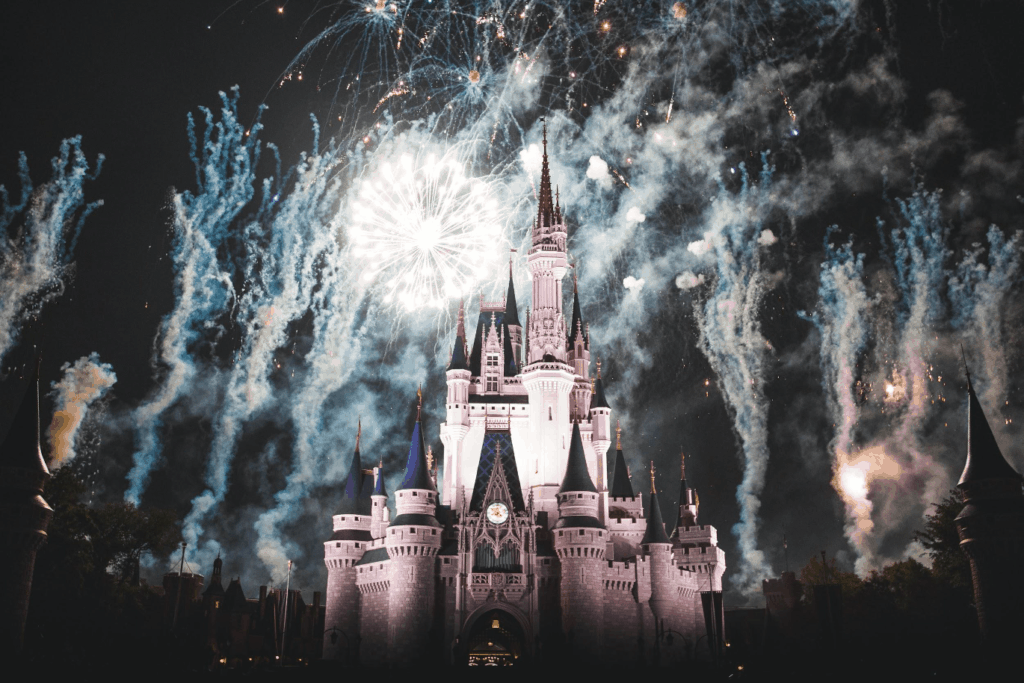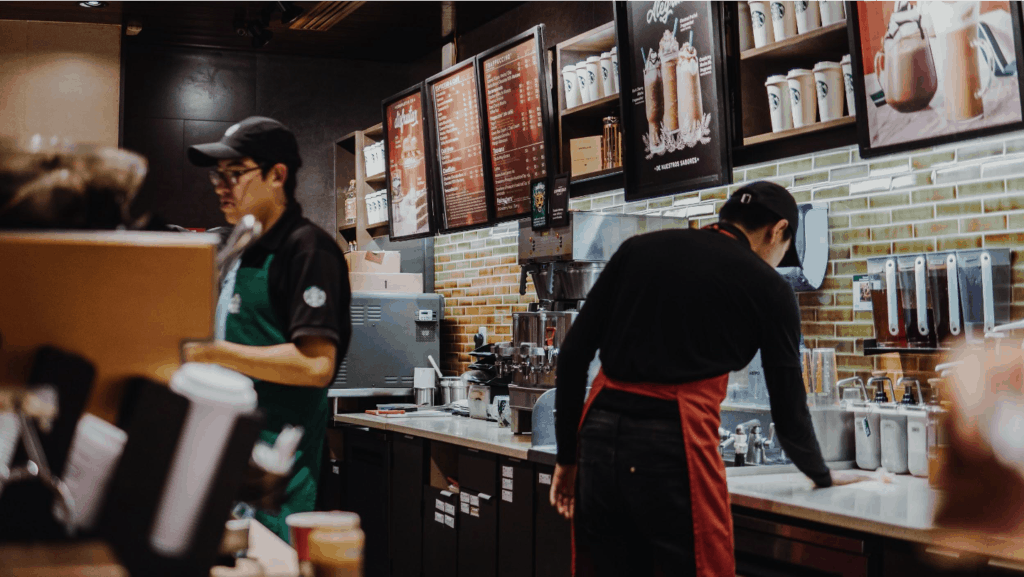Remember when going to the movies used to be solely for the purpose of catching a new movie? Nowadays, going to the movies include relaxing in comfortable plush seats, being awed by 4D experiences and snacking on movie-inspired treats to go along with your screening. Going to the movies has become more than simply watching a movie, but has expanded into a whole new experience that has made the movie itself just a small part of the equation.
The way consumers interact with brands has drastically changed. While experiences have always been at the centre of industries such as sports and entertainment, the idea of a positive and entertaining experience has weaved its way into other business sectors such as retail.
Consumers no longer simply make a purchase and walk away from your brand. Now, consumers seek—and often expect—something more from the brands they spend their money on. They want to feel like they’re being listened to and want an experience to sweeten the deal.
In fact, how many times have you stopped someone because they had the same shoes, phone or car as you? Instead, it’s more likely that you recognised them from a class you took or if you sat next to them on a flight. Events and experiences are more memorable and have a bigger impact in how we view ourselves and the world as compared to our material possessions.
What is The Experience Economy?
The experience economy posits that consumers want more from brands than just a product or service. Consumers now expect an exceptional, positively charged and memorable experience to come packaged with their purchase or use of a service.
Time is the most important thing when it comes to experiences. People value two forms of time: time well saved and time well spent. As less time is spent on goods and services and in stores, people simultaneously spend more time on experiences that personally engage them and allow them to create unforgettable memories.
According to a study by Eventbrite, 78% of millennials would choose to spend money on an experience or event over buying something. Additionally, 55% of millennials said that they were spending more on events and live experiences as compared to before. In an effort to experience rather than accumulate products, millennials and other age groups as well, are willing to spend exorbitant amounts for concerts, obstacle courses, travel and more.
Why Your Brand Needs It
When is the last time you posted about a restaurant you really enjoyed going to or an earpiece with the best noise-cancelling technology you’ve ever heard before? In this age of social media, nothing is easier than sharing a great experience with your peers either in words, pictures or videos.
Brands no longer have a monopoly over communication and this puts customer experience at the centre of their success strategies.
Just looking at the spending habits of millennials reflects a belief that while material goods still provide a form of temporary pleasure, investing in experiences equals something that cannot be as easily lost. Experiences can be enjoyed in the moment, shared with friends and loved ones, and recalled after it has transpired, making pleasant memories the new model for consumer behaviour.
Brands that embrace the experience economy and adapt their services into an experiential model can also stand out against their competitors. In a highly saturated market with brands competing for consumer’s money and attention, positioning your brand’s products or services as an experience, elevates it in the eyes of consumers.
A survey from Bain found that 80% of customers leave a brand due to poor customer experience. Research from the U.S. Chamber of Commerce also indicated that up to 67% of customers switch brands solely due to customer experience or a perceived lack of attention, personalisation and engagement by the brand.
Brands Are Becoming Experiences

A brand that pioneered the experience economy is Disney. Moving away from just producing movies, Disney has capitalised on the experience economy with the creation of Disneyland–a place where Disney fans could immerse themselves completely in the movies they loved!
Being referred to as guests instead of customers when first entering the theme park is the first step that immerses consumers into the experience. Upon entering Disneyland through Main Street, guests encounter seven other additional areas to explore – each with their own themes, props and costumed staff. Disneyland makes use of our 5 senses: touch, sight, smell, taste and sound. This allows consumers to be fully immersed in the experience and make the most out of it.
Guests are also encouraged to actively participate and contribute to the experience (by interacting with costumed characters and dressing up as their favourite characters) rather than passively observe the event as a bystander. From food inspired by the movies, movie soundtracks playing around the park to the design of each unique area, Disneyland is a physical manifestation of the Disney brand.
The experience one has at Disneyland differs from person to person depending on the way you interact with it. This allows consumers to have a unique experience that they can relish when they leave. This unique cross-channel strategy keeps consumers coming back. Its movies sell its toys, the toys sell the idea of movie characters and Disneyland, and Disneyland sells more movies and more toys.
Another company that banks on experiences to engage consumers is Starbucks.

To stand out against their competition, Starbucks launched their own roastery and tasting room that was dedicated to roasting and providing an immersive coffee experience. The interactive environment of the roastery made use of a consumer’s 5 senses as well.
This also meant that every coffee bean sold to customers was roasted and brewed in-house. In addition to freshly-roasted coffee, the roastery also sold unique food to perfectly pair with the roastery’s coffee. Redefining the retail experience, the roastery also allowed customers to get a sneak peek behind what went into their coffee cups.
Allowing consumers to get an invaluable behind-the-scenes look at the process of coffee-making, the roastery set the standard for what consumers could expect for the future of retail. More than marketing a cup of coffee, Starbucks put forward an experience to go along with it and innovated a way for consumers to connect more deeply and form a lasting impression of Starbucks in their minds.
Conclusion
Ultimately, the experience economy will unfold through ongoing innovations by brands and will render those who cannot catch up as irrelevant. Over the course of the next 10-12 years, the experience economy is projected to grow to $8 trillion by 2030. As experiences become the main currency between brands and consumers, marketers need to shift what they offer from materialism to meaningfulness. Brands can no longer afford to be one-dimensional and rely solely on their products and services. The only limit in the experience economy is your imagination. So, get started today!
— —
Hero image: Giu Vicente, Unsplash
